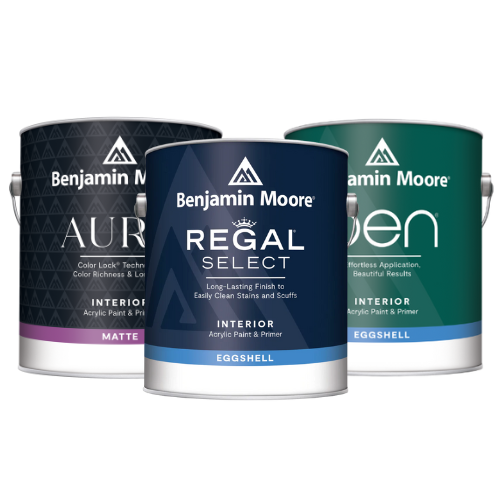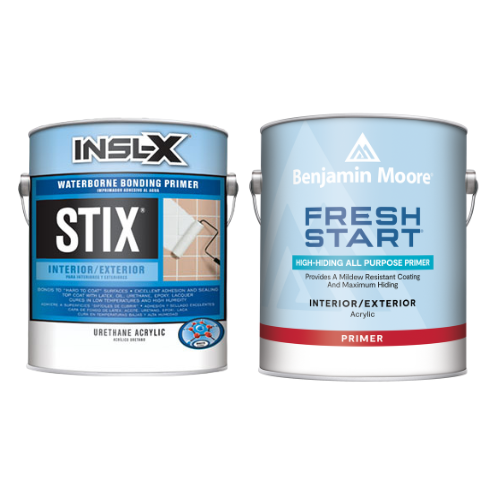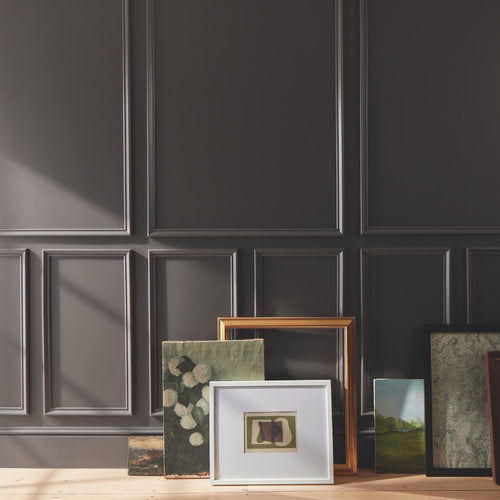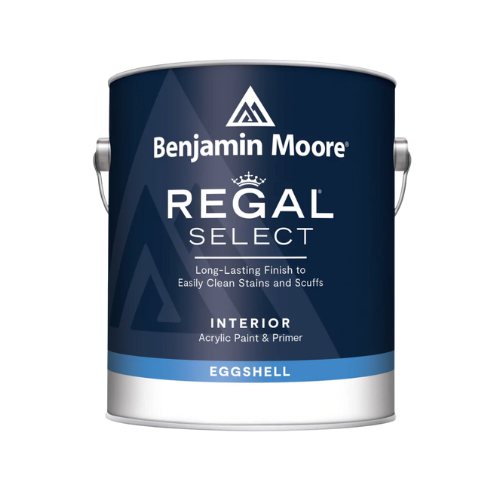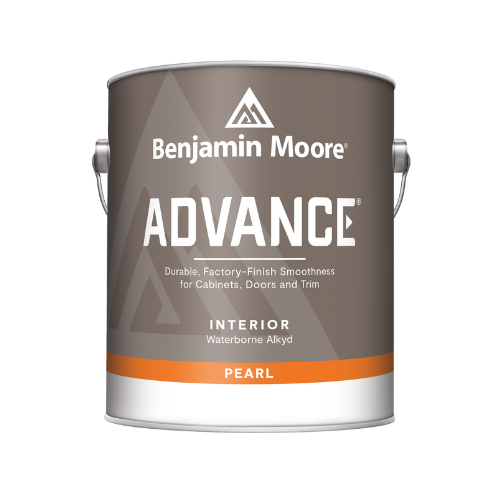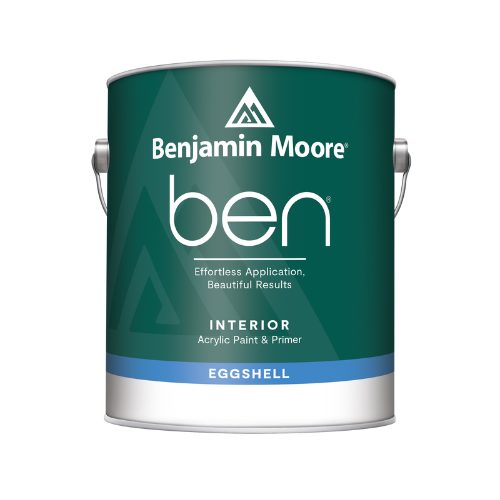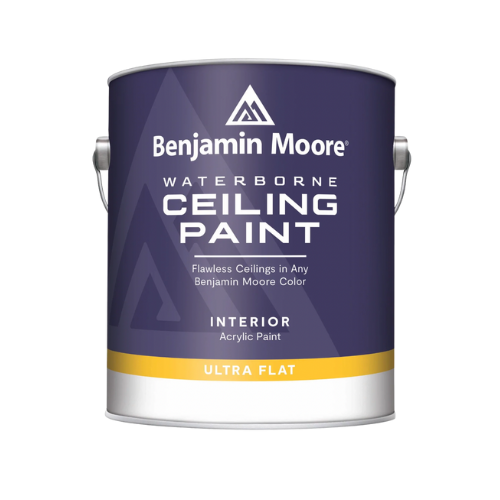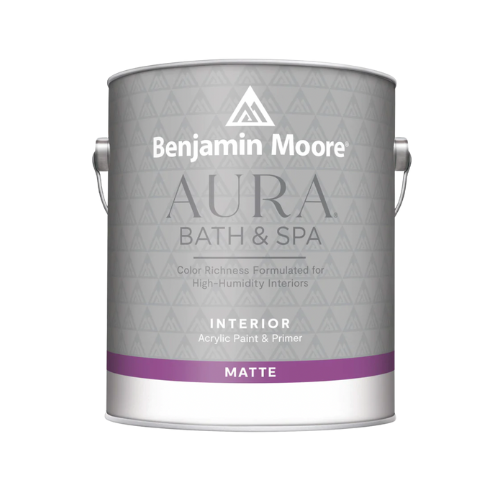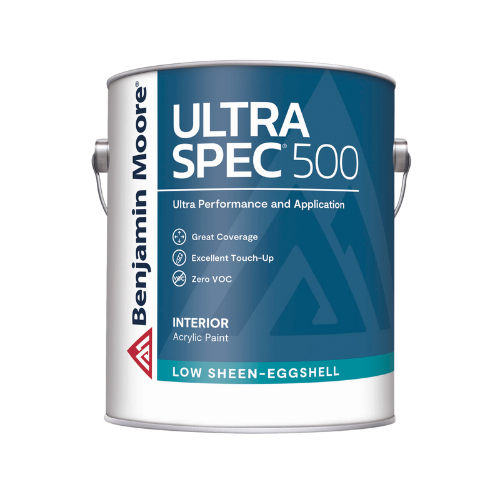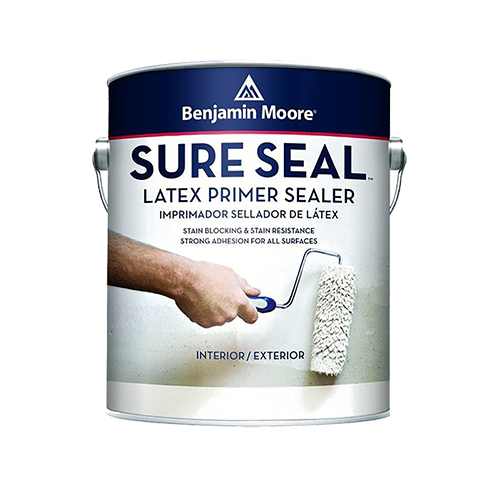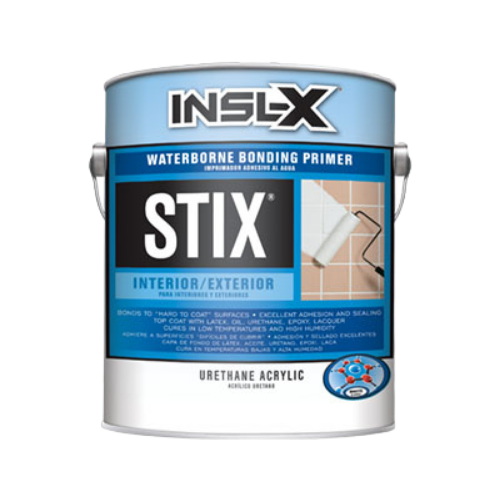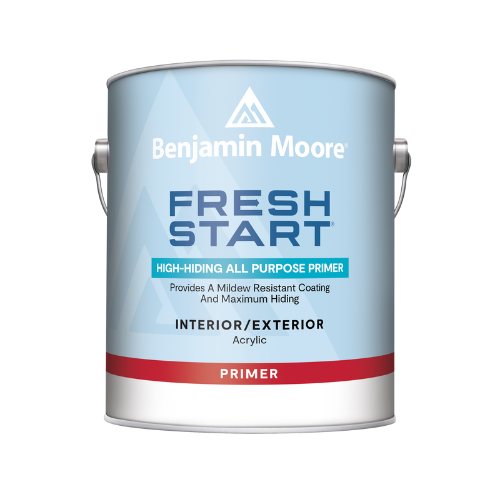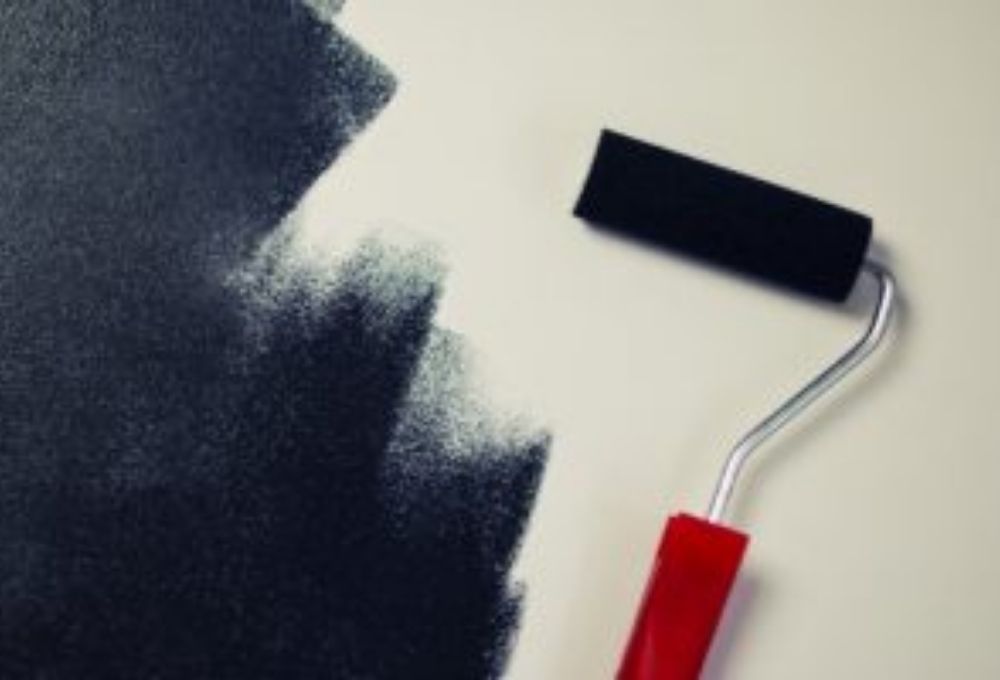
Many homeowners choose to take on painting projects themselves, rather than hiring someone, to help save money. To ensure your next home renovation project is a success, it’s crucial for you to do research on how to properly approach the job at hand. Read our experts tips and tricks to commonly asked painting questions below!
Paint Selection Questions
- How do I know when I should purchase a new paintbrush?
Even if you have followed our steps to purchasing the right paintbrush, high quality brushes still can wear. If you are constantly improving your home with fun DIY projects, your brush will need to be replaced more often compared to an infrequent painter. The lifespan of your brush depends on what kind of projects you are doing. For example, if you are coating over a smooth surface, your brush will last for years to come. However, if you are painting a textured surface, such as stucco or brick, you may need to replace your brush more often. To lengthen the lifespan of your brush, make sure you clean the brush thoroughly with a cleaner.
- How do I know how much paint to purchase for my room?
The first step to knowing how much paint you will need is to evaluate your space. You may not need as much paint if you are painting a smooth or primed surface, your color change is subtle, or if your room has many features that won’t be painted, like windows and doors. The second step is to measure the perimeter of the entire room, along with the height of your walls. Multiply the perimeter by the height of the room, and subtract the doors and windows. If you are painting the ceiling, measure the room’s width and length, and then multiply them together. You can then add the ceiling size to your total square footage. Typically, one can of paint covers 250 to 400 square ft. of surface area (with one coat). Before purchasing any paint, bring your measurements to the Ricciardi Brothers location nearest you to speak with an expert.
Paint Application Questions
- In what order should I paint a room?
While this question is open for debate, the experts at Ricciardi Brothers recommend painting the ceiling first, then paint the walls, and paint the trim last. If you paint the trim first, there is a good probability while you are painting the walls, the splatter from your brush or roller can end up on your newly painted trim. In addition, you will not be able to use any masking tape on your freshly applied paint. If you are investing in new trim, be sure to prime the ceiling and walls before you install the trim.
- How do I hide any holes or bumps without using textured paint?
If you have imperfections on your wall that aren’t too prominent, your best option is sponge painting. While you will need three to four different colors, sponging on is the easiest way to hide any bumps or dings, while also adding texture and dimension to your room. Keep in mind that the more contrast between the colors you choose, the more flaws can be hidden.
Maintenance Questions
- How do I wash my newly painted wall?
To ensure no damage will be done to your paint job, it is best to wait at least two weeks before washing the dry paint film. After you have waited two weeks, wash your walls that were painted with latex paint using warm water and three to four drops of dish detergent (or two to three tablespoons of distilled white vinegar). After you use this combination, use a second sponge with just water. Pay special attention to spots that are touched regularly, like doorknobs. If there are any stubborn spots, try using baking soda and water to rub on it with a nonabrasive pad. If you need to scrub an outlet, light switch, or other electrical connection, turn off your electricity before doing so. If your wall is painted with an oil-based paint, do so in the same manner as latex paint, in addition to a mild degreaser to remove any grease.
- How do I touch up or repair a wall?
If you have a dent, small hole, or scratch, the first step to fixing the problem is cleaning your surface. Use a sponge, mild detergent, and water to remove any dirt, grime, or dust. Failure to do this can affect the paint adhesion. Next, use fine-grit sandpaper to smooth the surface around the area that needs to be repaired. Use just enough spackling compound to fill the hole and spread it in a smooth, feathering motion until the crack is completely filled in. Scrape any excess compound from the wall and wait a few hours for it to set. If you see the patch is slightly raised compared to the rest of your wall, lightly sand it with the fine-grit sandpaper. Once it is completely dried, use a primer to ensure the touched up spot does not stand out from the rest of the wall. If possible, cover the spot with paint from the same can to maximize your chance of matching the color exactly. Be sure to use the same applicator you used to paint your wall, so the touched up spot blends in naturally.
Have any other painting questions? Stop by one of our 35 locations where our paint experts can assist you with all of your painting needs.
Ricciardi Brothers
Ricciardi Brothers has helped creatively transform tens of thousands of homes and businesses for over 85 years. Our 40+ locations across New Jersey, Pennsylvania, and Delaware specialize in painting and expert
design services with first class customer care.
Contact us for inquiries on how we can fulfill your design needs!


